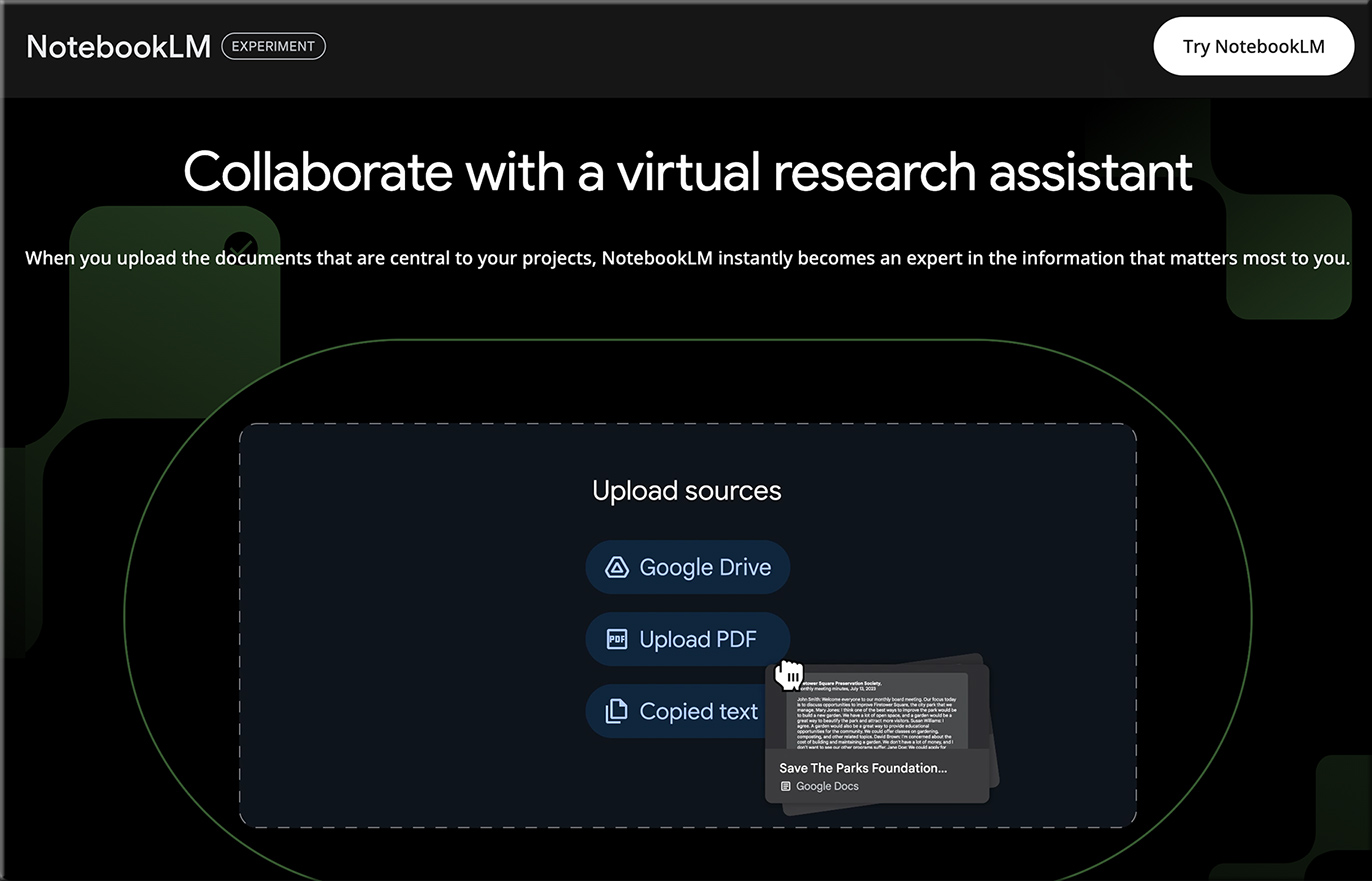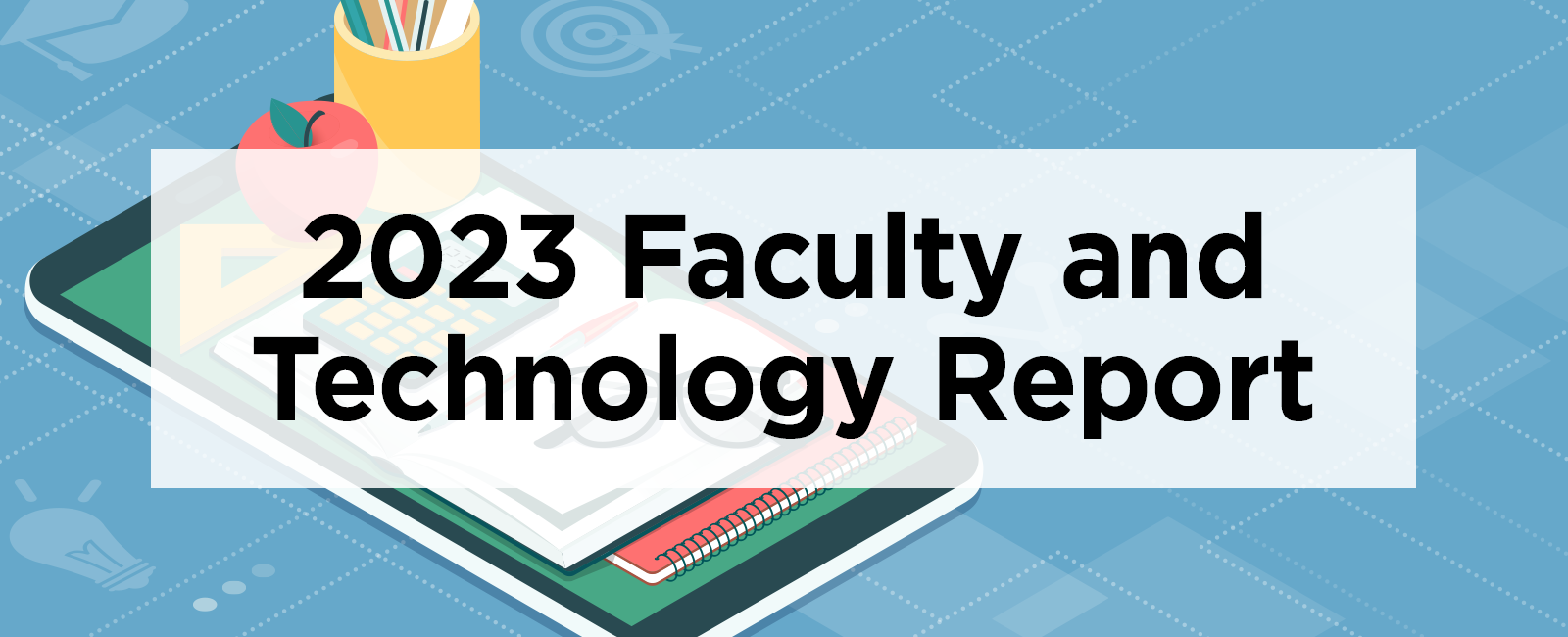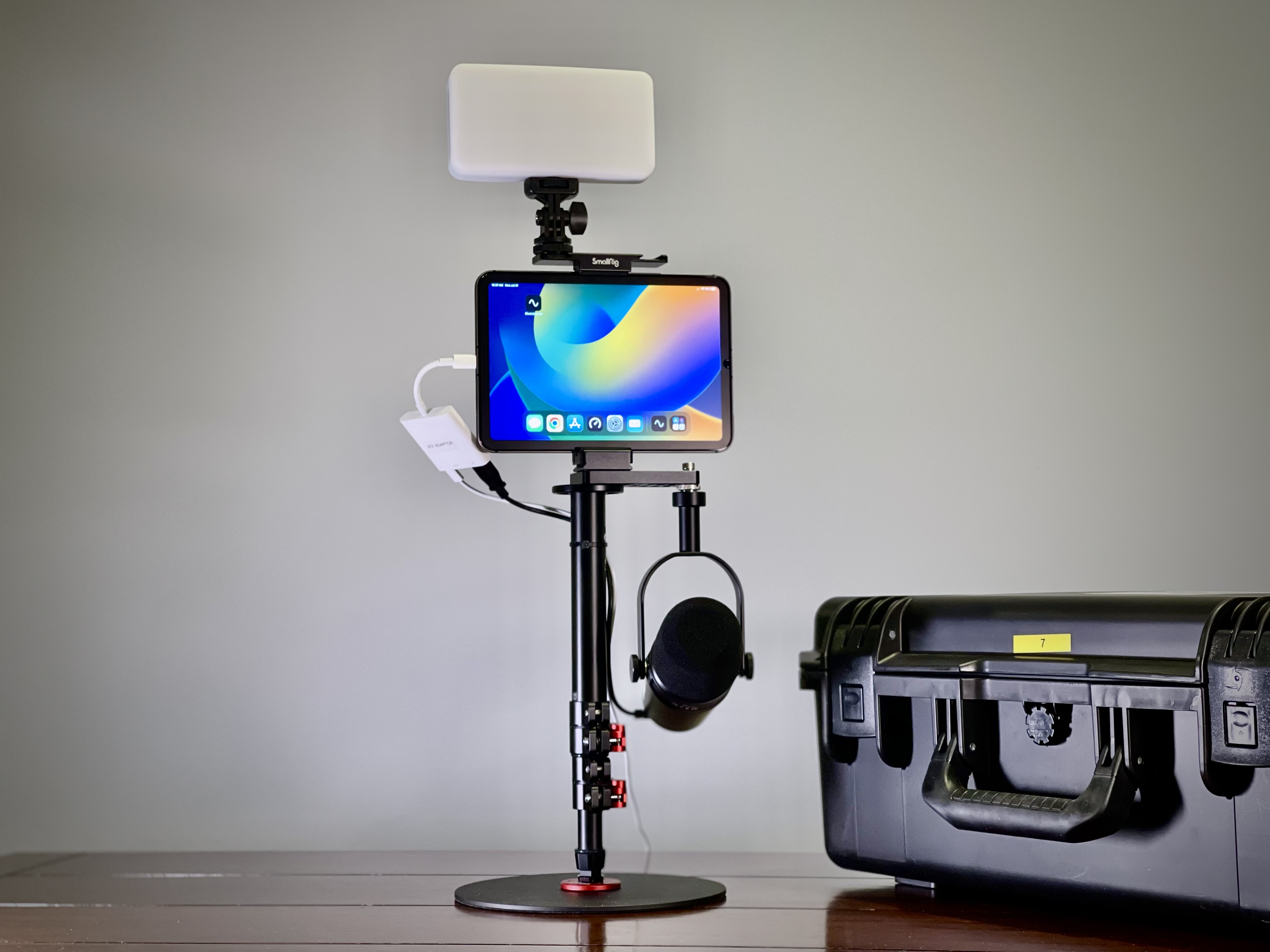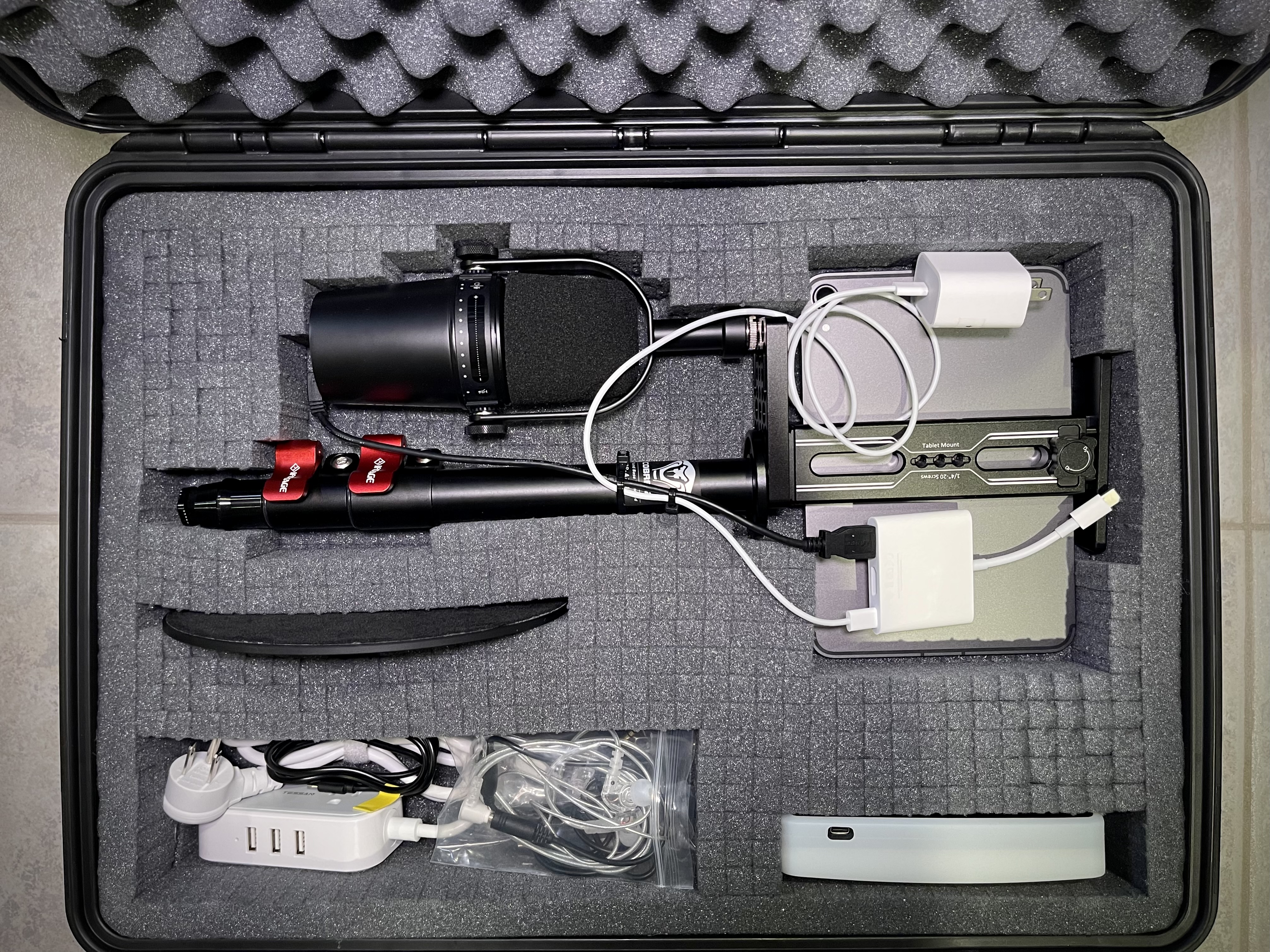K12 District-Level Perspectives on AI — from aiforeducation.io by Amanda Bickerstaff, Dr. Patrick Gittisriboongul, Samantha Armstrong, & Brett Roer
Want to know how K12 schools are navigating the adoption of AI and what district-level leaders really think about GenAI EdTech tools?
Join us for this free webinar where we discussed AI technology, literacy, training, and the responsible adoption of GenAI tools in K12. Our panel explored what is working well – and not so well – across their districts from a school leader and practitioner’s perspective.
ChatGPT Has Changed Teaching. Our Readers Tell Us How. — from chronicle.com by Beth McMurtrie and Beckie Supiano
Those vastly different approaches to college writing pretty much sum up the responses to generative AI: They’re all over the map.
One year after its release, ChatGPT has pushed higher education into a liminal place. Colleges are still hammering out large-scale plans and policies governing how generative AI will be dealt with in operations, research, and academic programming. But professors have been forced more immediately to adapt their classrooms to its presence. Those adaptations vary significantly, depending on whether they see the technology as a tool that can aid learning or as a threat that inhibits it.
…
Nearly 100 faculty members shared their stories. While not a representative sample, they teach at a wide range of institutions: 15 community colleges, 32 public and 24 private four-year colleges or universities, seven international institutions, and one for-profit college. They teach a variety of subjects, including animal science, statistics, computer science, history, accounting, and composition. Many spent hours learning about AI: enrolling in workshops and webinars, experimenting with the tools, and reading articles, so that they could enter the fall semester informed and prepared.
The Disruption of AI in CTE Is Real — from techlearning.com by Annie Galvin Teich
An ACTE expert panel urges CTE educators to jump on the AI train as it’s already left the station
10 Best Practices for AI and CTE
- Embrace AI and use it first for simple tasks to create efficiencies. Then use it to individualize instruction and for formative assessment tools aligned to standards.
- Be creative and conscious of internal bias and ethics. Focus on DEI and access.
- Encourage students to use apps and tools to start moving toward an integrated curriculum using AI.
- Prepare students for jobs of the future by partnering with industry to solve real problems.
- …and others
How are universities responding to generative AI? — from medium.com by Nic Newman
What’s next for higher education as we enter a new wave of edtech innovation: AI-powered learning
Where will AI make a big difference?
At Emerge, we have identified eight high-level trends — what we’re calling “engines of opportunity”. These eight “engines of opportunity” capture our ideas about how AI is being used to drive better practice and outcomes in HE, now and into the future.
They fall into two main categories:
- Making learning more engaging: solutions that scale high quality pedagogy at low cost.
- Making teaching more efficient: solutions that save educators and organisations time and money.














:format(webp)/cdn.vox-cdn.com/uploads/chorus_asset/file/24976021/Canva_Magic_Studio.png)





